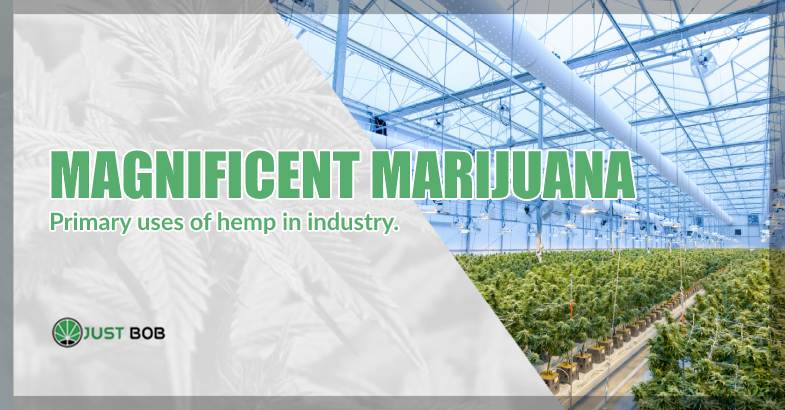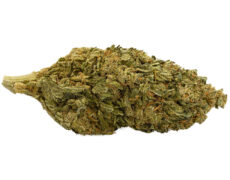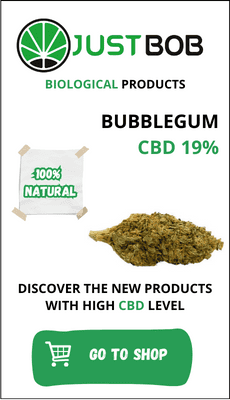Modified on: 19/04/2024
INDUSTRIAL HEMP, A PLANT WITH A THOUSAND USES.
Industrial hemp (Cannabis Sativa L.) is an extremely versatile plant. It seems that cannabis first-use dates back more than 8000 years, in China, when it was used to decorate pottery and later to make hemp and mulberry leaves for scribes. It is said that the sails and ropes of Christopher Columbus’ three caravels, the first versions of the American flag, the declaration of independence and the American constitution, were also made of hemp fibre. In short, long before it reached the cultivation of CBD cannabis and the production of CBD hash and CBD oil, hemp made history!
It was then passed on to the present day, despite the ban, because it is a precious plant; the resulting products (whether textiles, hemp paper sheets, fuel and much more) are eco-sustainable and biodegradable. They could help the modern world not to collapse… But that’s another story.
-
 SMALL & BIG
SMALL & BIGBUBBLEGUM
Starting from: 1,25CHF/gIndoor | CBD – CBDA < 22%
Grams3 5 10 20 50 100 -


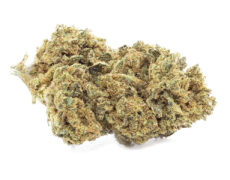
DO SI DOS
Starting from: 2,00CHF/gIndoor | CBD – CBDA < 19%
Grams3 5 10 20 50 100 -


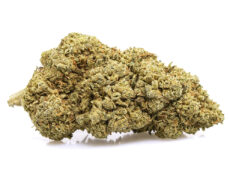
ROYAL GG#4
Starting from: 2,30CHF/gIndoor | CBD – CBDA < 40%
Grams3 5 10 20 50 100 -


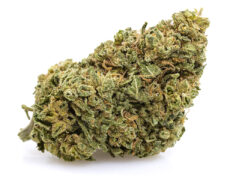
GORILLA GLUE
Starting from: 2,90CHF/gIndoor | CBD – CBDA < 20%
Grams3 5 10 20 50 100
Today we are going to talk about the primary and beneficial uses of industrial hemp so that you are well aware of its huge potential. Let’s get started!
Hemp-based textiles for clothing and accessories manufacturing.
It is essential to know that cannabis Sativa is currently the longest, softest and most resistant vegetable textile fibre. The resulting fabrics can have different consistencies depending on the treatment: they are rough but also softer than cotton.
Besides, it is a very fresh and absorbent fibre, and its yield is impressive. Consider that one hectare of hemp can produce twice the fibre produced in one hectare of cotton while requiring less water, nutrients and fertiliser. Hemp is usually damaged when it is sprayed with non-organic pesticides and fertilisers, so it is much more practical to grow an eco-sustainable crop rather than using chemical additives.
As for the use of cannabis in the clothing sector, fibres from the main stem (called bast fibres) are used because they are rich in cellulose and extremely long. Hemp can be used on its own or combined with other fibres – both natural and synthetic – to create different fabrics, as well as being extremely strong.
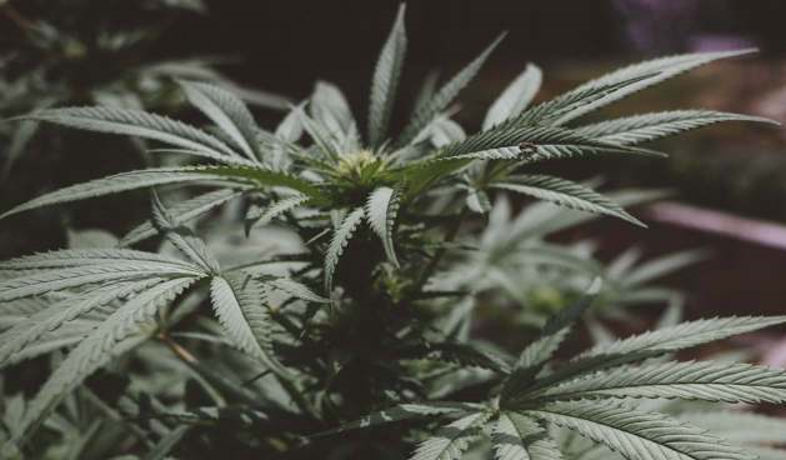

Sativa cannabis and bioplastic paper
The cellulose in CBD weed stems is used by industries to make paper and bioplastics. It is an excellent alternative to avoid deforestation caused by the paper industry: hemp plants grow very fast, and it is possible to obtain a lot of cellulose every year without having to cut down trees or bear the costs of recycling paper.
Besides, trees grow significantly slower than hemp plants (which develop in a few months, not decades). Not to mention the strength of hemp paper, which is much higher than traditional paper. Moreover, this product does not require the use of chlorine and acids, which are commonly used to treat wood pulp.
Another advantage of hemp paper is the fact that it can be recycled up to 7 times, whereas traditional paper only withstands up to 4 recycling processes.
As for bioplastics, it is well known how harmful to the environment plastics from oil processing are. Bioplastic hemp is an excellent substitute for plastic products: it is very resistant, flexible and suitable for the creation of many objects. It is also biodegradable, so it would be a real victory for the environment if only plates, glasses, cutlery and much more could be made from hemp fibres.
Hemp in construction
Yes, almost any part of a building can be made from CBD buds materials. Hemp plaster, brick and concrete are incredibly resistant materials, but above all concrete deserves a special mention.
Concrete made by processing industrial hemp is almost 10 times stronger, 3 times more flexible and weighs half as much as conventional concrete. A genuinely precious compound and particularly suitable for the construction of load-bearing walls and foundations. Its high breathability minimises moisture-related problems such as mould stains and foul odours.
Hemp can also be used to make the following materials:
- bricks
- blocks
- insulating materials
- tubes
Hemp oil is also used in the construction sector, especially in the production of paints and varnishes.
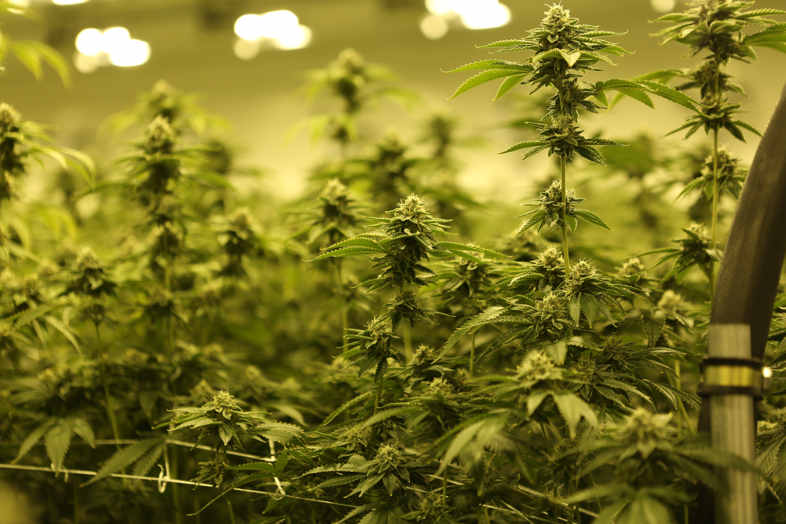

Hemp seeds in the food industry
While industrial hemp products, made from the plant’s fibres, are used in the textile, paper and construction industries, cannabis seeds are a superfood with excellent nutritional properties. They are rich in polyunsaturated fatty acids (such as Omega6 and Omega3), vegetable proteins, iron, calcium and vitamins.
Cannabis and hemp seeds, dried and sometimes peeled, can be found on the market in supermarkets and grocery shops. They are also used to make other products, such as oils and flours.
In conclusion
Industrial hemp is an extremely flexible product that can be applied to many sectors. Hemp fibres are robust and flexible, as well as biodegradable and heat-insulating, so they have a wide range of applications.
Even cannabis seeds have rich beneficial properties for our health. At the same time, the plant itself is only a sustainable element which, if properly used instead of wood, oil, cotton and many other materials, could solve environmental problems.
Check out our CBD online shop of CBD flowers and many other marijuana products!


